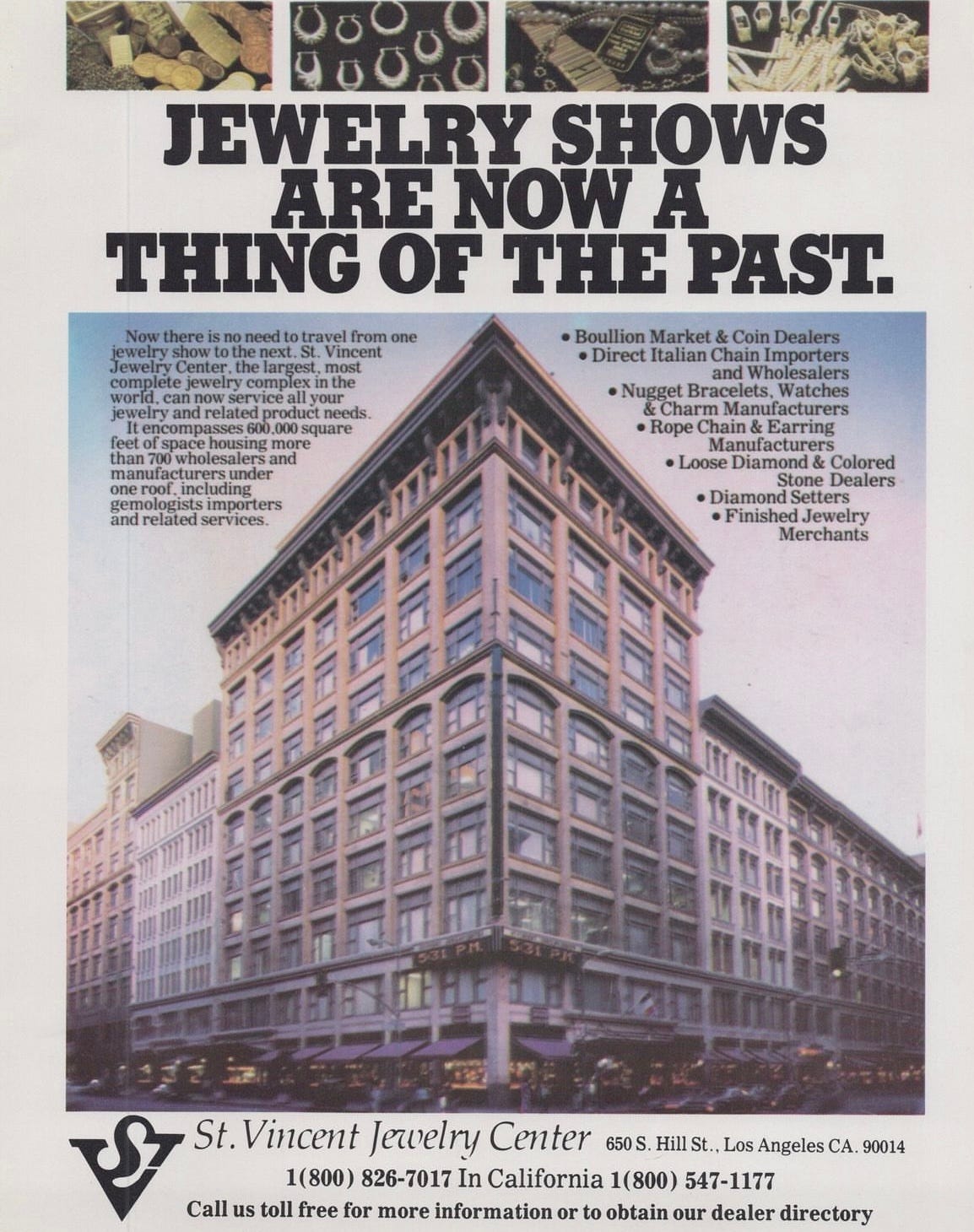Everything is Available, Part 1
Obvious things to keep in mind when interpreting different current events in our industry
“Everything is Available” - Uncle Manny NYC
Watches begin their life as consumer durables, which are built to last at least 3 years. Over the subsequent years, a significant number of a particular production run of a watch is destroyed, damaged, parts replaced, melted (gold), lost, hidden, hoarded for decades or forgotten about. This attrition continues until only a fraction of that production run is left on the market in its original, perceived original, or generally acceptable form. Hence every year that goes by, the supply curve of a watch inches closer to zero elasticity.
Former consumer durables where the supply has attrited over time to the point where its supply curve is near or at zero elasticity morph into and behave like things you find in premium auctions, such as land, unique real estate, and fine art.
As a rule of thumb, I estimate that approximately 30 years after it leaves the factory, a watch ceases to be a consumer durable - it is now art. It’s a spectrum and not exactly binary, but usually correlated with age due to attrition. Obviously there are exceptions - some <30 year old watches with low production volumes are also art (Simplicity), and vice versa. People also use the word ‘collectibles’ (or if they want to be crass, ‘investment’) but I think ‘art’ captures the nuance better for watches and jewelry.
Supply - not quality, brand, model nor price - determines whether a watch is a consumer durable or art. Demand fluctuates; supply is constant - you cannot manufacture any more Patek 96’s. To be clear, I am not talking about desirability; rarity does not necessarily increase desirability.
Watches as consumer durables vs as art have different characteristics:
Late 1980’s-1990’s (neo-vintage) watches used to be a no man’s land - neither consumer durable, nor art. But as the years go by, they are beginning to become art; Phillips’ upcoming auction on November 8th is probably evidence of this. Dial scripts that once looked like free MS Word fonts start looking nostalgic, especially if prices rise.
If you exclude bad business practices (such as not paying people), and issues of authenticity (failing to identify fake components), virtually ALL of the friction and inefficiency between participants in the greater watches market (including brands, online watch media, retailers, collectors, consumers, dealers, speculators, etc.) stems from the conflation of consumer durables and art. This conflation is exacerbated when consumer durables and art (and their respective demographics) are juxtaposed.





